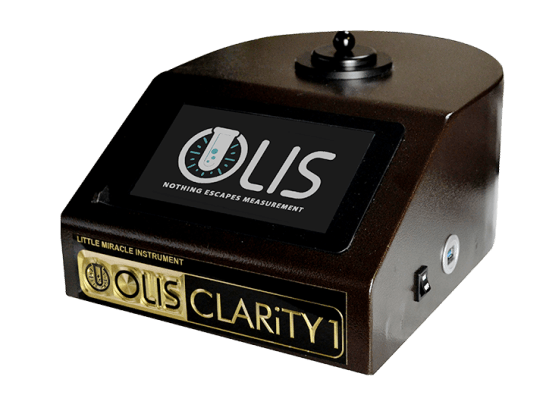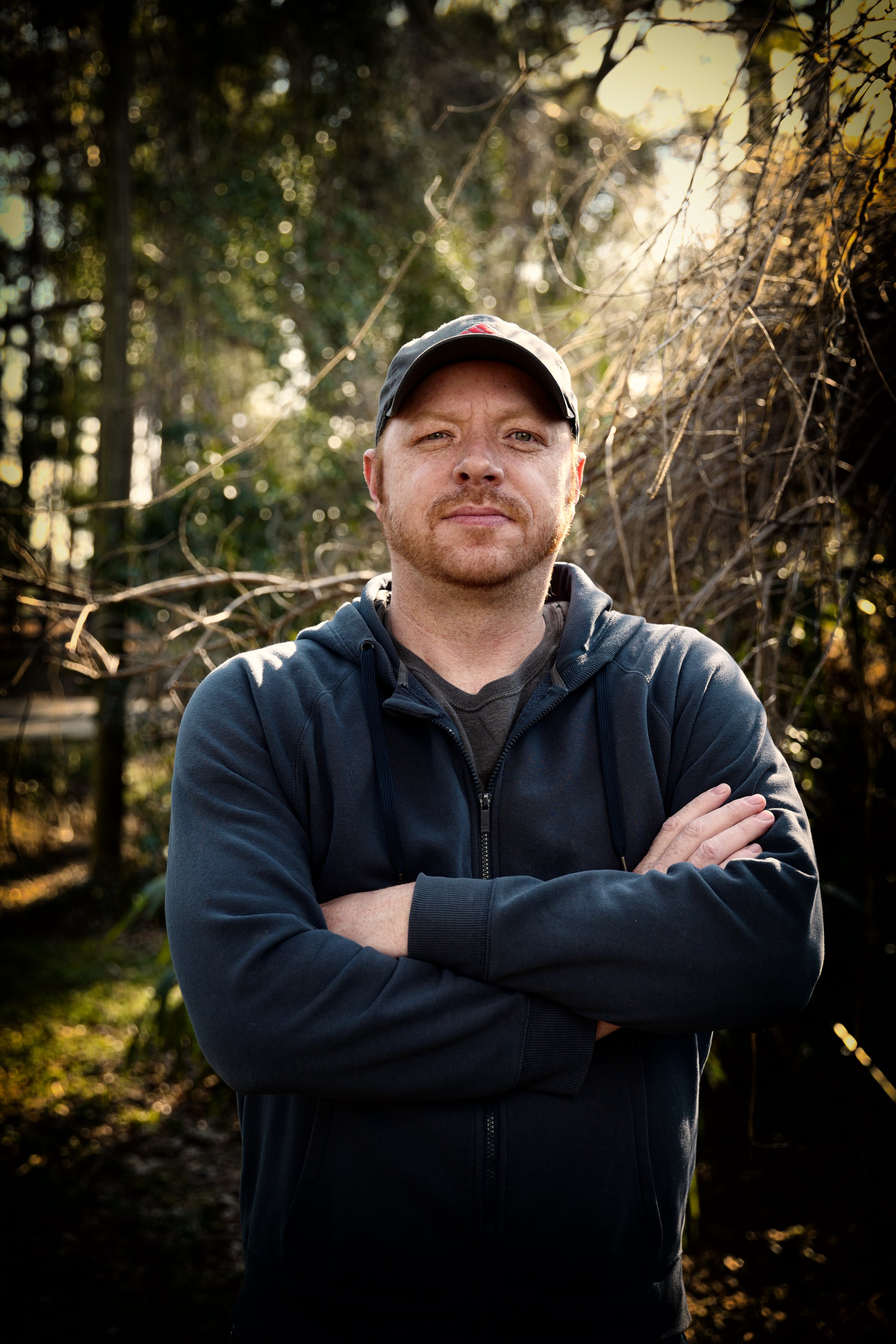Circular Dichroism Things To Know Before You Get This
Circular Dichroism Things To Know Before You Get This
Blog Article
Some Ideas on Uv/vis You Should Know
Table of ContentsRumored Buzz on SpectrophotometersThe Ultimate Guide To Uv/vis/nirSome Of Circularly Polarized LuminescenceHow Uv/vis/nir can Save You Time, Stress, and Money.The Buzz on Circularly Polarized Luminescence

Spectrophotometry is most commonly applied to ultraviolet, noticeable, and infrared radiation, modern-day spectrophotometers can interrogate wide swaths of the electro-magnetic spectrum, including x-ray, ultraviolet, noticeable, infrared, and/or microwave wavelengths. Spectrophotometry is a tool that hinges on the quantitative analysis of particles depending upon how much light is absorbed by colored compounds.
6 Easy Facts About Circularly Polarized Luminescence Explained
A spectrophotometer is typically used for the measurement of transmittance or reflectance of options, transparent or nontransparent solids, such as refined glass, or gases. Although numerous biochemicals are colored, as in, they absorb noticeable light and for that reason can be measured by colorimetric procedures, even colorless biochemicals can typically be transformed to colored substances ideal for chromogenic color-forming reactions to yield substances appropriate for colorimetric analysis.: 65 Nevertheless, they can also be designed to determine the diffusivity on any of the listed light ranges that usually cover around 2002500 nm using various controls and calibrations.
An example of an experiment in which spectrophotometry is utilized is the decision of the stability constant of a solution. A certain chain reaction within a solution might occur in a forward and reverse direction, where reactants form products and items break down into reactants. At some point, this chain reaction will reach a point of balance called a balance point.
Uv/vis - Questions
The quantity of light that passes through the solution is a sign of the concentration of specific chemicals that do not enable light to travel through. The absorption of light is due to the interaction of light with the electronic and vibrational modes of particles. Each type of molecule has an individual set of energy levels associated with the makeup of its chemical bonds and nuclei and thus will take in light of specific wavelengths, or energies, leading to unique spectral properties.
Making use of spectrophotometers spans different scientific fields, such as physics, materials science, chemistry, biochemistry. circular dichroism, chemical engineering, and molecular biology. They are commonly utilized in numerous industries including semiconductors, laser and optical manufacturing, printing and forensic examination, in addition to in labs for the research study of chemical compounds. Spectrophotometry is typically used in measurements of enzyme activities, determinations of protein concentrations, decisions of enzymatic kinetic constants, and measurements of ligand binding reactions.: 65 Ultimately, a spectrophotometer is able to identify, depending upon the control have a peek here or calibration, what compounds are present in a target and exactly just how much through computations of observed wavelengths.
This would come as a solution to the formerly produced spectrophotometers which were unable to take in the ultraviolet properly.
The Ultimate Guide To Spectrophotometers
It would be discovered that this did not offer acceptable outcomes, therefore in Model B, there was a shift from a glass to a quartz prism which permitted better absorbance outcomes - circularly polarized luminescence (https://www.quora.com/profile/Julie-Ann-DeSa-Lorenz). From there, Design C was born with an adjustment to the wavelength resolution which ended up having three systems of it produced
It was produced from 1941 to 1976 where the cost for it in 1941 was US$723 (far-UV accessories were an option at extra cost). In the words of Nobel chemistry laureate Bruce Merrifield, it was "most likely the most important instrument ever developed towards the development of bioscience." Once it ended up being terminated in 1976, Hewlett-Packard created the first commercially offered diode-array spectrophotometer in 1979 referred to as the HP 8450A. It irradiates the sample with polychromatic light which the sample soaks up depending upon its homes. It is transferred back by grating the photodiode selection which detects the wavelength area of the spectrum. Given that then, the production and execution of spectrophotometry gadgets has actually increased immensely and has actually turned into one of the most innovative instruments of our time.

Fascination About Circular Dichroism
The grating can either be movable or fixed.
In such systems, the grating is repaired and the intensity of each wavelength of light is measured by a different detector in the range. When making transmission measurements, the spectrophotometer quantitatively compares the fraction of light that passes through a referral solution and a test solution, then electronically compares the intensities of the 2 signals and computes the portion of transmission of the sample compared to the recommendation standard.

Report this page